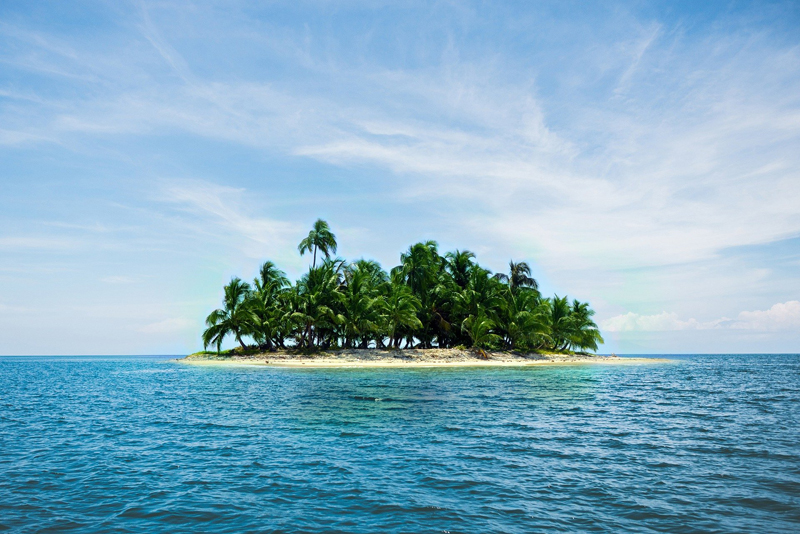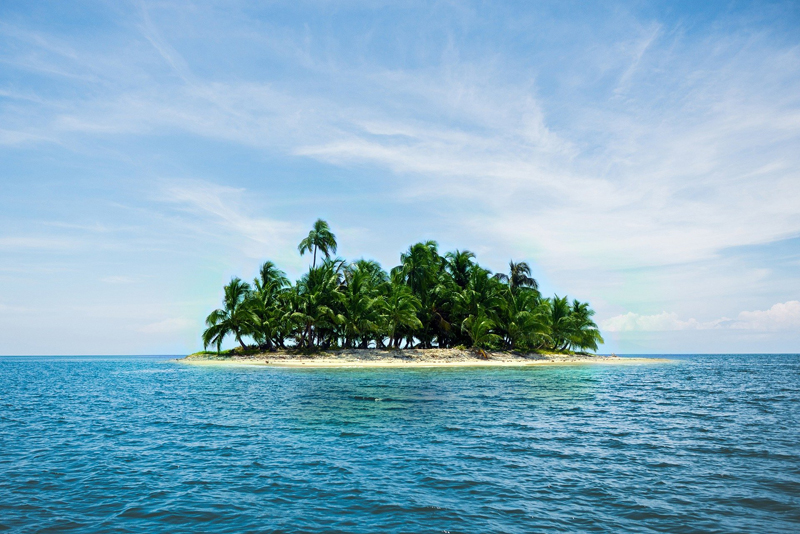Crete - Greek History and Natural Beauty

Can you believe it’s almost May already? I can’t! But it got me thinking about what would make a great island trip in May… and Crete came up as the answer. The temperatures turn pleasurably warm and the winter rains stop, leaving beautifully clear skies, and yet the summer crowds haven’t filled the island. Oh, and the brilliantly colorful spring flowers are in bloom everywhere! There are apparently over 200 species of wild orchid on the island of Crete.
Crete is the largest of the Greek islands, and the furthest south. It sits in the eastern Mediterranean about halfway between Athens and the northern coast of Africa. It has a wonderfully temperate climate, with some beautiful beaches, but is large enough to provide a background of snow-capped mountains as a contrast to the clear blue waters of the Mediterranean.
The island has a very long history, starting with it being the center of the Minoan civilization, Europe’s first advanced civilization, around 2000 BCE. Subsequent attacks and invasions brought Crete under the rule at various times of Greeks, Romans, Arabs, Venetians, Ottomans and more. This colorful history has left an interesting variety of historical ruins from multiple time periods to be explored. From the Minoan era, the most famous ruins are the remains of the palaces at Knossos and Phaistos and the ancient city of Gortys. Other popular historical sites in Crete include the Venetian fortress in the center of the city of Rethymnon, the Archaeological Museum in the capital city of Heraklion, the Venetian fort and leper colony at Spinalonga, and more recent excavations on the islet of Koufonissi off the southern coast of Crete. But all over the island (and its islets) you will come across a wide variety of reminders of its varied history.
Crete is also famous for its rich mythology. Here you can find the cave on Mount Ida where Zeus was born, the Paximadia Islands where Artemis and Apollo were born, and possibly even the location of the famous labyrinth of King Minos that held the minotaur. If you get a good tour guide as you explore the island you will hear a huge variety of legends and myths associated with all of the sites.
But a warning – the ruins and historical sites on Crete are often extremely crowded with tourists, especially when cruise ships pull into port. If you want to escape the crowds and see something more of the natural beauty of the island, then consider taking a tour of the interior. Here you can find more traditional villages, some with roots going back hundreds or even thousands of years. I recommend you hire a local driver guide for this type of excursion since the roads are rough and not well sign-posted. And while you’re touring, perhaps you can visit one of the ancient “alonia” or threshing circles, and hear how these relics of the agricultural past of the island played an important role in forming many of the current-day traditions, such as the famous Greek circle dances.
If you want to do something adventurous, then the hike through Samaria Gorge is not to be missed. This is one of Europe’s longest and deepest gorges, descending over 3000 feet from the Omalos Plateau in the White Mountains down to the picturesque coastal village of Agia Roumeli. The total hike is around 12 miles and takes six or seven hours for most people, and the scenery is beautiful. Along the way you can watch out for mountain goats or the rare Cretan ibex, also called a kri-kri. The gorge is also known for being the home to many species of birds of prey, including the rare Lammergeier vulture. Towards the bottom end of the gorge, at an area known as the “Iron Gates”, the walls narrow to only about 11 feet apart but soar over 1000 feet high – very beautiful, but not the place for anyone suffering from claustrophobia!
When not touring historical ruins, enjoying the crystal clear waters at the beaches, or hiking through the scenic gorges, then on Crete, as on most Greek islands, the most popular thing to do is to sit in a “kafeneio”, or Greek café, and sip some coffee or possibly the popular “raki” and nibble on some of the delicious Greek treats like grilled “paidakia” – small lamb chops meant to be eaten with your fingers like ribs. Yum! And while you’re there, maybe you’ll hear some locals creating new “mantinadas” – the unique Cretan simple folk songs about all aspects of life. A philosophy to live by on this beautiful Greek isle.
Note: no promotional consideration was provided or paid for this article.
Crete is the largest of the Greek islands, and the furthest south. It sits in the eastern Mediterranean about halfway between Athens and the northern coast of Africa. It has a wonderfully temperate climate, with some beautiful beaches, but is large enough to provide a background of snow-capped mountains as a contrast to the clear blue waters of the Mediterranean.
|
Crete is also famous for its rich mythology. Here you can find the cave on Mount Ida where Zeus was born, the Paximadia Islands where Artemis and Apollo were born, and possibly even the location of the famous labyrinth of King Minos that held the minotaur. If you get a good tour guide as you explore the island you will hear a huge variety of legends and myths associated with all of the sites.
But a warning – the ruins and historical sites on Crete are often extremely crowded with tourists, especially when cruise ships pull into port. If you want to escape the crowds and see something more of the natural beauty of the island, then consider taking a tour of the interior. Here you can find more traditional villages, some with roots going back hundreds or even thousands of years. I recommend you hire a local driver guide for this type of excursion since the roads are rough and not well sign-posted. And while you’re touring, perhaps you can visit one of the ancient “alonia” or threshing circles, and hear how these relics of the agricultural past of the island played an important role in forming many of the current-day traditions, such as the famous Greek circle dances.
If you want to do something adventurous, then the hike through Samaria Gorge is not to be missed. This is one of Europe’s longest and deepest gorges, descending over 3000 feet from the Omalos Plateau in the White Mountains down to the picturesque coastal village of Agia Roumeli. The total hike is around 12 miles and takes six or seven hours for most people, and the scenery is beautiful. Along the way you can watch out for mountain goats or the rare Cretan ibex, also called a kri-kri. The gorge is also known for being the home to many species of birds of prey, including the rare Lammergeier vulture. Towards the bottom end of the gorge, at an area known as the “Iron Gates”, the walls narrow to only about 11 feet apart but soar over 1000 feet high – very beautiful, but not the place for anyone suffering from claustrophobia!
When not touring historical ruins, enjoying the crystal clear waters at the beaches, or hiking through the scenic gorges, then on Crete, as on most Greek islands, the most popular thing to do is to sit in a “kafeneio”, or Greek café, and sip some coffee or possibly the popular “raki” and nibble on some of the delicious Greek treats like grilled “paidakia” – small lamb chops meant to be eaten with your fingers like ribs. Yum! And while you’re there, maybe you’ll hear some locals creating new “mantinadas” – the unique Cretan simple folk songs about all aspects of life. A philosophy to live by on this beautiful Greek isle.
Note: no promotional consideration was provided or paid for this article.

Related Articles
Editor's Picks Articles
Top Ten Articles
Previous Features
Site Map
Content copyright © 2023 by Laura Hartney. All rights reserved.
This content was written by Laura Hartney. If you wish to use this content in any manner, you need written permission. Contact Malika Bowling for details.




